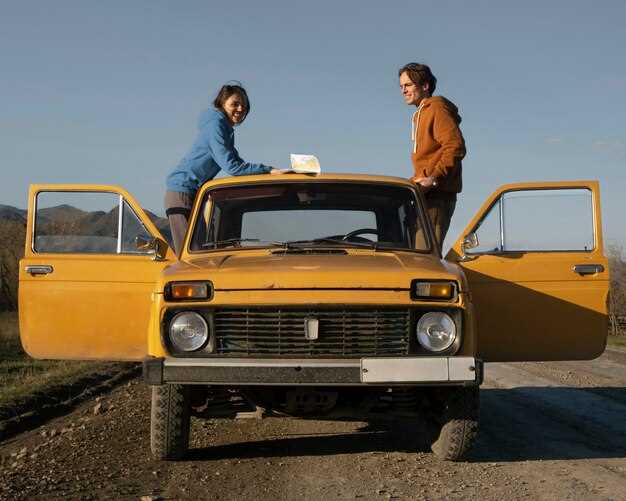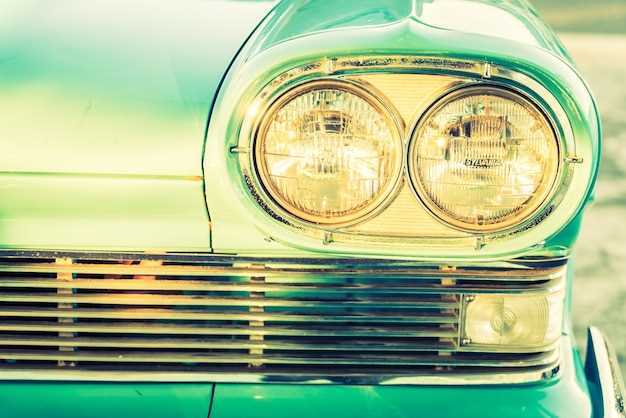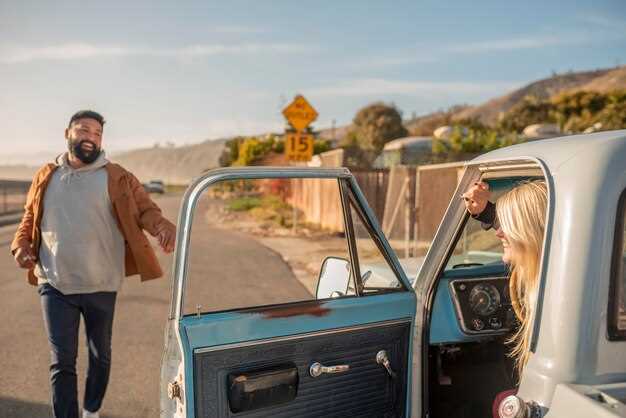
When it comes to transporting vintage cars, choosing the right method is crucial for ensuring their safety and preserving their value. Two primary options are available for enthusiasts: enclosed and open transport. Each method offers distinct advantages and considerations that cater to the different needs of car collectors and owners.
Enclosed transport involves shipping vehicles in a fully covered trailer. This method provides optimal protection against environmental elements, road debris, and unforeseen accidents during transit. For vintage cars, which often hold significant historical and monetary value, the added layer of security that enclosed transport offers is often worth the investment.
On the other hand, open transport typically refers to shipping vehicles on an open-air trailer, exposing them to external conditions. While this method is generally more cost-effective and can accommodate a larger number of vehicles, it may not be the ideal choice for rare or expensive vintage cars that require the utmost care and protection during their journey.
Key Differences Between Enclosed and Open Trailer Transport

When it comes to transporting vintage cars, selecting between enclosed and open trailer transport is a crucial decision. One of the primary differences lies in protection; enclosed trailers provide a fully enclosed space that shields vehicles from the elements, dust, and road debris, while open trailers expose cars to weather conditions and potential damage during transit.
Another significant factor is security. Enclosed transport offers enhanced security features, making it difficult for thieves to access the vehicles during transport. In contrast, open trailers leave cars visibly exposed, which can increase the risk of theft or vandalism.
Cost is also a key difference; open transport tends to be more budget-friendly since it accommodates more vehicles at once and requires less material and labor to operate. Enclosed transport, however, often involves higher costs due to the added protection and the specialized equipment required.
In terms of loading and unloading, open trailers usually allow for easier access, making it simpler to load multiple vehicles quickly. Enclosed trailers, while offering better protection, can require more careful handling to avoid any damage when boarding or unloading vehicles.
Finally, the choice of trailer transport may depend on the type of vintage car being moved. High-value or classic models often warrant enclosed transport for maximum protection and security, while less valuable vehicles may be adequately served by open transport options.
When to Choose Enclosed Transport for Your Vintage Vehicle

Choosing enclosed transport for your vintage vehicle is essential when considering factors such as protection, climate, and security. Vintage cars are often more valuable and delicate than modern vehicles, requiring special care during transit. Enclosed transport provides a shield from external elements, making it a preferred option for transporting antique automobiles.
Inclement weather poses a significant threat to exposed vehicles. Rain, snow, and even intense sunlight can cause damage to both the exterior and interior of vintage cars. With enclosed transport, your car remains shielded from these environmental hazards, preserving its condition and ensuring a smooth journey.
Security is another critical aspect when transporting high-value vintage vehicles. Enclosed transport offers a higher level of safety from theft and vandalism compared to open transport options. When your vehicle is fully enclosed, it reduces visibility and access, making it a less attractive target for potential thieves.
Additionally, opting for enclosed transport is advisable when your vintage car has sensitive components or custom features. Open transport may expose delicate parts to potential damage, while the protective environment of enclosed transport minimizes this risk. Ensuring that your car arrives in perfect condition is essential for any vintage car owner.
Finally, enclosed transport is ideal for long-distance shipments where stops may occur along the way. The protection offered by enclosed carriers mitigates any unforeseen circumstances that could lead to wear and tear during transit. Overall, choosing enclosed transport demonstrates a commitment to maintaining the integrity and value of your vintage vehicle.
Cost Considerations for Open vs Enclosed Transport Services
When deciding between open and enclosed transport services for vintage cars, cost plays a significant role in the decision-making process. Open transport typically comes at a lower price point compared to its enclosed counterpart. This is largely due to the fact that open trailers can accommodate more vehicles at once, allowing companies to optimize their shipping routes and reduce overhead costs. As a result, customers often find open transport to be a more budget-friendly option for shipping vintage cars, especially when dealing with standard models.
Enclosed transport, while more expensive, offers several advantages that can justify the higher price tag. One of the main factors contributing to the additional cost is the protective environment that enclosed trailers provide. Vintage cars are susceptible to various elements, such as weather, debris, and potential theft, which can all damage their exterior and interior. By investing in enclosed transport, owners can assure themselves that their vehicles will arrive at their destination in pristine condition, potentially saving them money on repairs and restoration in the future.
Additionally, the availability of specialized equipment and experienced drivers in enclosed transport services can contribute to increased costs. Companies offering enclosed transport often employ individuals who have expertise in handling luxury or vintage vehicles, further ensuring the safety and care of the car during transit. This professional service may come with a premium but can offer peace of mind to owners who prioritize their investment.
Another factor to consider is the distance and route of the transport. Open transport services may have a larger fleet and more flexible scheduling options, making them ideal for longer hauls or less urgent deliveries. On the other hand, enclosed transport is sometimes limited by availability, which can lead to longer wait times or scheduling issues, potentially impacting overall costs.
In summary, when evaluating costs between open and enclosed transport services for vintage cars, it is essential to weigh the difference in price against the level of protection and care required for the vehicle. While open transport may be more economical, closed transport offers advantages that can save money in the long run, making it a worthwhile investment for many vintage car owners.

